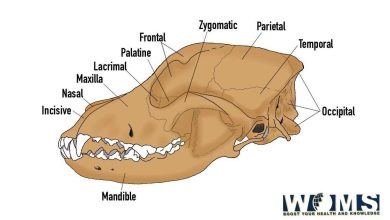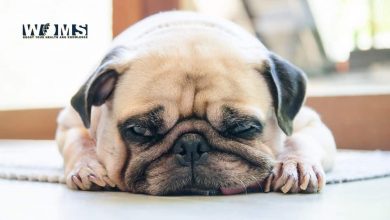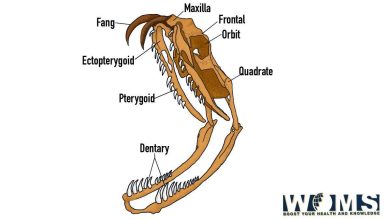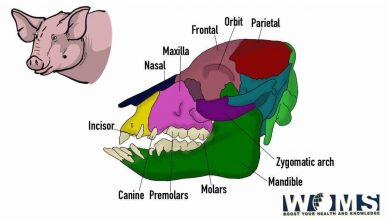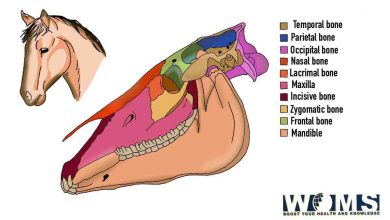How heavy should my cat be?
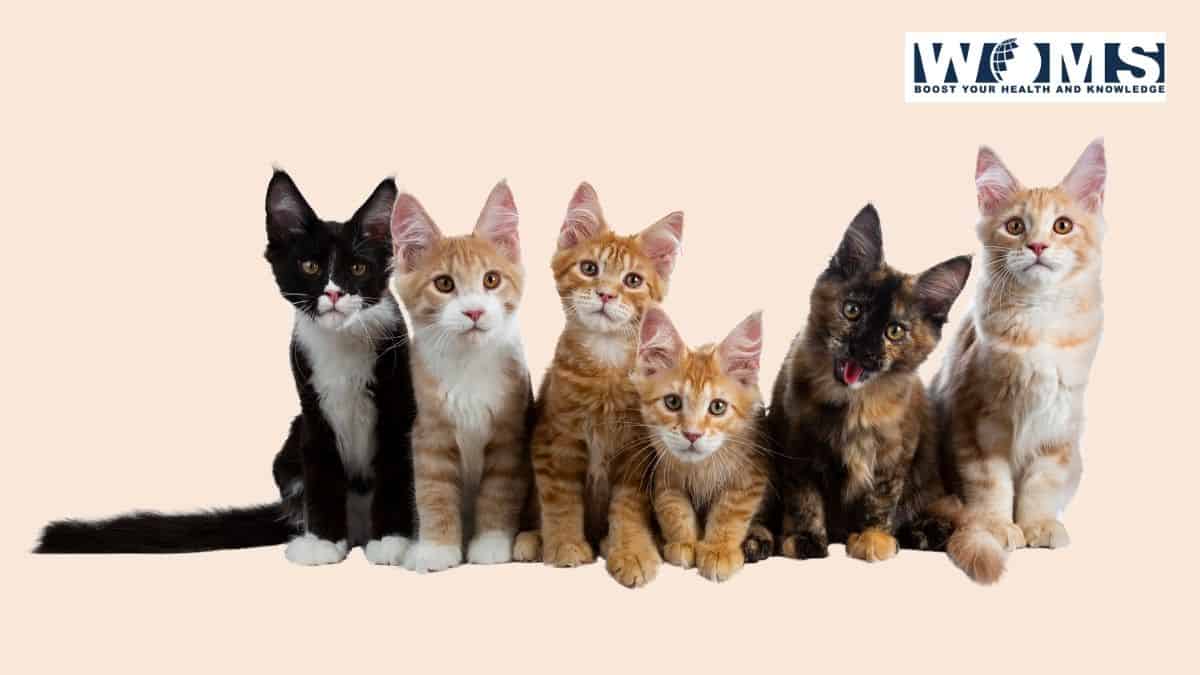
Cats are like family members, so keeping them healthy should be a priority. To be a responsible cat owner, you must attend regular vet visits, stay on top of vaccinations and deworming, and have reliable pet health insurance. Bivvy’s cat health insurance can help you cover some of these vet-related expenses and protects it in case of an accident or illness. Additionally, encouraging exercise and providing your cat with the best food ensures it stays healthy and happy. However, feeding pets too much food could cause obesity, but how would you know your cat needs to cut down on some weight? Cats nowadays are relatively bulky, so you might not realize that your cat is obese or needs to slim down a bit. Furthermore, you might be asking yourself, how heavy should my cat be?
We usually tend to spoil our cats and overfeed them often. Increased weight of your cat can be a cause of concern as it can lead to various diseases and health problems. Diabetes (type 2) and worsening arthritis can likely occur. To keep your cat healthy and fit, it is necessary to put off the excess weight.
The same applies to being underweight. If your cat is skinny, it can signal an underlying health problem that needs to be looked into as soon as possible.
What should be the average weight of my cat?
The weight of your cat depends on its breed to some extent. The average weight also depends upon the gender, whether it’s a male or a female. And then there are old cats, young cats, and tiny kittens.
Average weight based on the breed
Large breeds generally weigh more than smaller breeds. For example, a Siamese cat can weigh about 5 pounds, whereas a Maine Coon breed weighs about 25 pounds. The average weight for domestic cats is 10 pounds. A 10-pound Maine coon is a healthy cat, whereas a 10 pound Bambino cat is obese or overweight.
Some cats are generally big-boned and heavy. If you ever picked up a Maine coon cat breed, you would think that cats can be some heavy creatures. While some cats give a visual of being very heavy but they are just fluffy and do not weigh much. Nevertheless, it is necessary to treat your cats right and feed them correctly, even if they appear larger and heavier.
If your cat is large, it is harder to judge whether your cat is overweight or not. So it is better to check with a veterinarian to get an idea of your cat’s weight and body condition.
Average weight based on gender
Male cats are usually heavier than female cats, but there isn’t a huge difference. A female cat can weigh around 8-12 pounds. In comparison, male cats weigh about 11-15 pounds. So a 15 pounds female cat can be considered heavy while it is an average weight for a male cat.
Average weight based on the age of the cat
Moreover, the average weight of a cat also depends on its age. For example, a full-grown female Maine coon cat can weigh as much as 20 pounds. Whereas a full-grown Himalayan cat weighs only 7 pounds.
The four common purebreds (Siamese, Maine coon, Persian, and Himalayan) reach average peak weight at 6 to 10 years.
Cat weight chart (according to breed, age, and sex)
A cat weight chart is helpful and an important tool to assist in proper kitten development. It will help you get an idea of How heavy should my cat be. Moderate and gradual weight gain allows one to assess that your cat is developing correctly.
Persian cat weight chart
| Age | Male | Female |
| 1 year | 9 to 14 lbs | 7 to 11 lbs |
| 2 years | 11 to 15 lbs | 12 to 14 lbs |
| 3 years | 16 to 18 lbs | 15 to 16 lbs |
| 4 years | 18 to 19 lbs | 17 to 19 lbs |
| 5 years | 20 to 22 lbs | 20 to 24 lbs |
| 6 years | 23 to 25 lbs | 23 to 26 lbs |
| 7 years | 26 to 29 lbs | 27 to 30 lbs |
Norwegian forest cat weight chart
| Age | Weight |
| 1 year | 4.6 to 6.6 lbs |
| 2 years | 6 to 7.1 lbs |
| 3 years | 7.1 to 7.8 lbs |
| 4 years | 7.8 to 8.1 lbs |
| 5 years | 8 to 8.8 lbs |
| 6 years | 8.8 to 9.1 lbs |
| 7 years | 9 to 10 lbs |
Siamese cat weight chart
| Kitten age | Kitten weight |
| 1-2 months | 0.8 to 1.3 lbs |
| 2-3 months | 1.4 to 2.6 lbs |
| 3-4 months | 2.7 to 4 lbs |
| More than 4 months | More than 4 lbs |
Maine coon cat weight chart
| Age | Male | Female |
| 1-2 months | 1.36 to 3.52 lbs | 1.21 to 3.08 lbs |
| 3-4 months | 1.7 to 3.8 lbs | 3.3 to 7.71 lbs |
| 5-6 months | 3.3 to 6 lbs | 5.95 to 9.47 lbs |
| 7-8 months | 4.1 to 6.9 lbs | 7.27 to 11.02 lbs |
| 9-10 months | 5 to 7.8 lbs | 9.03 to 12.12 lbs |
| 11-12 months | 5.5 to 9 lbs | 9.47 to 13.33 lbs |
Kittens usually grow and develop very quickly in the first 12 weeks of their life. The mother cat does its job to feed her babies properly and take good care of them to help them thrive. But humans are left with this job if they are taking care of stray or orphaned kittens. Here is a kitten weight chart to help you assist with your job:
| 0-6 days | 3 to 7 ounces |
| 1 week | 5 to 10 ounces |
| 2 weeks | 6 to 14 ounces |
| 3 weeks | 10 ounces to 1.1 lbs |
| 4 weeks | 12 ounces to 1.3 lbs |
| 5 weeks | 14 ounces to 1.8 lbs |
| 6 weeks | 1 to 2 lbs |
| 7 weeks | 1.2 to 2.3 lbs |
| 8 weeks | 1.4 to 2.6 lbs |
| 9 weeks | 1.6 to 2.9 lbs |
| 10 weeks | 1.8 to 3.1 lbs |
| 11 weeks | 2 to 3.3 lbs |
| 12 weeks | 2.2 to 4 lbs |
How do I know that my cat is overweight?
There are sure signs which you can perceive by merely looking at your cat. These signs help you get an idea about your cat’s weight. When you are looking down at your cat:
- It should have an hourglass figure
- The belly shouldn’t be hanging down or sagging
- You should be able to feel their ribs
The Body Condition System (BCS):
The body condition system (BCS) is a nine-point scale designed by Purina. This scale helps veterinarians assess the condition and bodyweight of a cat if it’s too heavy or too thin. It is based on how well you can see your cat’s ribs and what amount of abdominal fat is present.
Point 1: Ribs are visible with no palpable fat. Severe abdominal tuck. Lumbar vertebrae and iliac crest can be easily discernible. Dramatic waistline.
Point 2:Ribs are visible with no palpable fat. Pronounced abdominal tuck. Lumbar vertebrae are apparent. The waistline is severe.
Point 3: Ribs are visible with minimal fat covering them. Minimal abdominal fat present.
Point 4:Ribs are palpable, but fat covering around them is present. Minimal abdominal tuck. The abdominal fat pad is absent. The waistline is prominent with gradual curves.
Point 5: Ribs are palpable with the right amount of fat covering them. The abdominal fat pad is minimal. Well-proportioned, ideal weight cat.
Point 6: Ribs are palpable, with a slight excess amount of fat covering them. The abdominal tuck is absent. The abdominal fat pad is noticeable but not very prominent.
Point 7: Ribs are palpable on deep palpation, with a moderate amount of fat covering them. An average abdominal fat pad is present.
Point 8: Ribs are not palpable, with an excess amount of fat covering them. The abdominal fat pad is prominent, and the abdominal tuck is absent. Lumbar vertebrae are not prominent due to fat deposition. The waistline is not apparent.
Point 9: Ribs are not palpable, with a heavy amount of fat covering them. The abdominal fat pad is very prominent. You cannot see the lumbar vertebrae due to excess fat deposition. Fat deposition on the face and limbs is also present. There is also excess fat deposition over the tail head, which covers the pelvis.
You can also assess your cat’s weight and body conditions by a few physical and visual cues.
Overweight
The ribs and shoulder blades aren’t palpable or are palpable only on deep pressure. Belly hangs down below. Lumbar vertebrae are not apparent due to excessive fat deposition, but you can feel them when you run your fingers across your cat’s back. The cat is not very active and prefers to sit idle. Less activity leads to further weight gain.
Underweight
Ribs and shoulder blades are easily palpable or easily visible too. The neck is thin. Abdominal tuck is severe and not fat deposition whatsoever. Lumbar vertebrae can be easily seen and palpated. The overall visual appearance of the cat is unhealthy.
Ideal weight
Cats of ideal weight have a moderate amount of fat deposition covering the ribs. Ribs are palpable, but you cannot see them visually. There is no excess amount of fat deposit in the abdominal fat pad nor a prominent abdominal tuck.
What should be the daily intake for my cat?
| Weight | Underweight | Normal | Overweight |
| 4 lbs | 30 g | 30 g | 20 g |
| 6 lbs | 45 g | 45 g | 30 g |
| 8 lbs | 70 g | 60 g | 45 g |
| 10 lbs | 90 g | 70 g | 45 g |
| 12 lbs | 110 g | 90 g | 60 g |
| 14 lbs | 120 g | 90 g | 70 g |
| 16 lbs | 135 g | 110 g | 90 g |
| 18 lbs | 140 g | 115 g | 90 g |
How do I weigh my cat?
Your cat gets weighed every time you visit your vet’s clinic. If you want to get your cat weighed at a certain point in time, call up the vet nurse at the clinic for a quick check-up. Or the vet nurse can look up the records in the history. It is also necessary to keep records of weight changes with you to check if your cat is losing or gaining weight.
If you need to avoid clinics, consider weighing your cat on the kitchen scale. Most kitchen scales weigh up to only 5 kgs. So if it doesn’t show up on the scale, it means you have a large cat that weighs more.
Moreover, bathroom scales would be a good option. If your cats stand in there, what can be perfect? But if you have a hard time weighing your cat on the bathroom scale, then you’ll have to do the maths. First, weigh yourself on the scale, then pick your cat and weigh again. Now subtract your weight from the total. This isn’t precisely accurate but can give a vague idea of more or less ½ kg.
Why is it important for your cat to slim down?
Maintaining a healthy weight is vital for your cat. Putting on weight can exert as much stress on your cat’s body as it does in humans. Being overweight can link to many health conditions listed below:
- Diabetes (due to insulin resistance)
- Arthritis (which can worsen with weight put on)
- Pancreatitis
- Skin sores
- Heart disease
- Urinary tract issues
On the other hand, being overweight leads to the cats’ failure to groom themselves, leading to hair loss and skin problems. Obesity can even shorten the lifespan. So it is essential to pay attention to your cat’s weight and monitor it. Putting your cat on a diet to reduce weight can lower the risk of developing these health conditions.
Tips for cutting down weight
Your cat’s weight depends on the diet it consumes. Cats gain the extra pounds because they eat when they are bored. If they do not find food in their bowl, they whine for it, and the owner feeds them to keep them happy. Moreover, cats that do not exercise and sit idle tend to gain more weight. First, get an idea of how heavy your cat should be, and then get going with the tips and tricks you can follow to help your feline animal lose weight.
Listed here are some tips to cut down the extra pounds:
1. Try canned food
First of all, replace dry food with canned food. Canned food contains a balanced amount of proteins and other nutrients. The most important benefit of canned food is that it schedules mealtimes. Usually, people tend to place cat food into the bowl at all times, and cats keep on feeding on the food.
2. Food puzzles
Another way of cutting down weight is you do not make the cat food available for your cat so easily. Place some puzzles for your cat so that it manipulates the puzzles to get treats out of them. This allows your cat to eat slowly.
3. Individual treatment
If you have more than one cat as your pet, feed the overweight cat in a separate room or place its food in places the fat cat cannot access.
4. Keep human food out
If your cat feeds on human food, avoid placing the food in the reach of your cat.
5. Cut down on portion size
Always read the guidelines on the packet or can of food and feed your cat accordingly, not more and not less. Food packages come with proper guidelines for how much to feed your cat per day. You should provide your cat according to what the feline creature should weigh, not what he weighs now. Cut down the portion size by about 25%.
6. Feed lower calories
Discuss with the veterinarian to recommend a lower-calorie diet. Take care not to feed adult cat food as it is already higher in calories.
7. Automatic feeders can be helpful
Try using automatic feeders which schedule diet spaced at intervals. When giving food all at once, some cats gobble up the entire meal and then ask for more later. To reduce this behavior, scheduled diets would be helpful to lose weight.
Exercises can help too
- To mimic the natural hunting behavior, don’t just present food in front of your cat. Instead, allow your cat to work for food as they would do in the wild.
- Puzzle feeders can be a great help.
- Some old-fashioned exercises such as playing with your cat can help cut down calories. Cats usually like to play before eating to mimic their natural hunting behavior. Use toys like a laser pointer or a mouse toy to encourage movement. On the other hand, playing games with your cat can help strengthen the bond with your pet.
- Moreover, you can take your cat on a walk or make sure your cat goes for exercise outside regularly.
- Place your cat’s food and litter box on separate floors.
Things to keep in mind before putting your cat on a diet
- Before placing your cat on a diet, go for a physical exam to check if your cat suffers from any health condition. Check with your veterinarian to rule out any underlying medical condition.
- Your cat might need to switch to canned food which contains a higher amount of proteins and other minerals.
- Remember not to starve your cat to lose weight. Cats can suffer liver failure if left unfed for a couple of days.
- If you are changing a diet plan for your cat, introduce the new meal plan gradually to help your kitty adapt to the new diet quickly.
What to expect
It might take a bit longer for your cat to slim down, so waiting patiently is the key. But do not worry; your kitty won’t die of a heart attack if it’s full-figured. It is a slow process and can take up to 6 months or even a year to achieve the results.
Opting for a diet plan that causes drastic reductions in weight can lead to potential health conditions in your cat.
What if my cat is underweight?
Being overweight or obese is a concern for many cat owners. But some cats be underweight as well, especially if you have recently adopted a cat or rescued a stray cat. Check with a veterinarian so that he/she can recommend a higher-calorie diet to help your cat gain weight. Once the average weight is achieved, a maintenance diet can help regulate the weight.
Apart from a high-calorie diet, exercises and other activities can play a vital role. Exercises help build muscle and help with weight gain.
Weight loss can signal a serious health condition such as kidney disease, hyperthyroidism, and cancer.
Supplements can be a great help
Supplements essential for the joints can be worth exploring. Adding and lying down a good nutritional balance during your kitty’s earlier years can be beneficial in the long run. Joint supplements, at least, will help supply nutrients for joint and cartilage repair.
These supplements can be broken up and serve along with food by sprinkling on food. You can also give them as treats. You will need to include them in the diet for an extended period to achieve long-term benefits.
When to visit the veterinarian
If you notice that your cat is losing or gaining weight that is not related to the recommended diet plan, it highly signals that you need to check with your veterinarian as soon as possible.
A little Comprehension
It is nearly impossible to specify and to determine average cat weight. This is because average weight varies according to the breed and gender of a cat. Only the veterinarian or an experienced person can evaluate your cat’s ideal body weight and condition. The Body Condition System (BCS) can help determine the average weight and condition of your cat.
Frequently asked questions
Why is it important for my cat to slim down?
If your cat is overweight, it needs to cut down that extra pounds. Obesity can lead to serious health conditions such as diabetes, worsening arthritis or joint pain, pancreatitis, and heart disease.
My cat is too lean, what should I do?
Being underweight can signal an underlying pathology such as hyperthyroidism, kidney disease, or even cancer. Check with your veterinarian as soon as possible. Your vet will recommend a high-calorie diet to help your cat gain weight.
What is the average weight of a cat?
The average weight of a cat depends on the breed, age, and sex of the pet. Larger species weigh more than smaller breeds, and male cats are generally heavier. The average weight of a domestic cat is 10 pounds.
In how much time will my cat lose weight?
It can take a longer time for your cat to slim down, almost up to 6 months or a year. Waiting patiently is the key. Do not opt for diets that bring drastic reductions in weight as it can be dangerous for your cat.
